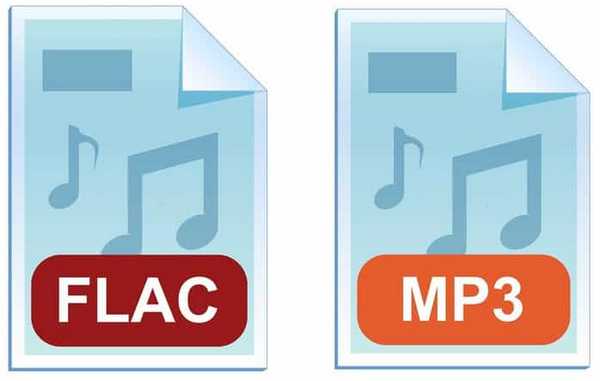
The selection basically lies in two main options: MP3 and FLAC. Each has a benefit, and an understanding of this can probably help you decide which is right for you. Let’s explain this in simple terms, especially for those who may not be so familiar with technical jargon.
What is MP3?
MP3 is the audio file that condenses music to make it smaller and easier to store, share, or download. The small size reduces some of the information in the music, so the sound quality is slightly reduced. Despite this fact, MP3 files are very popular because they work on almost every device, for example, smartphones, tablets, car stereos, and much more. If you want to store many songs in less space, MP3 is a preferable choice. It is also faster to download and stream, which makes it pretty easy to work with.
What is FLAC?
FLAC is an audio file that maintains the entire quality of the sound being recorded. It does not take away any piece of the music, thus the sound quality is as good as the original recording. For this reason, FLAC files are larger than MP3 files and therefore take up more space. FLAC is for those who adore music and wish to cherish the best possible sound quality output. Also, it’s a choice for keeping music in the long run, preserving it just as it is.
Major Differences Between MP3 and FLAC
Sound Quality:
- MP3: Soothing quality, but some minute details go missing.
- FLAC: Perfect sound quality, just as in the original recording.
File Size:
- MP3: Files are small and that is why they are space savers.
- FLAC: File format that stands for free lossless audio codec and, as the name implies, it is compressed lossless audio.
Device Compatibility:
- MP3: Works with practically all players made over the last five years and most new ones.
- FLAC: Works with many players but not as much as MP3.
Who It’s For:
- MP3: An excellent audio format for casual listening and also for those people who need a large number of songs to be stored in a limited space.
- FLAC: Suitable for audiophiles who prefer the best sound quality and do not mind the usage of additional storage space.
Which One Should You Opt For?
If you want something user-friendly, works everywhere, and doesn’t take up much space, MP3 is the way to go. It’s ideal for creating playlists and listening on the go, as well as enjoying music without storage limits.
If sound quality is of utmost importance to you and you have sufficient storage space, opt for FLAC. It is an excellent choice for someone who cares about discerning all the details in their music or maybe wants to maintain a collection of high-quality songs permanently.
So?
It all boils down to what’s important to you. MP3 is basic, universal, and conserves space. FLAC is super but requires a lot of space and may not be compatible with some older devices. Choose the option that best suits your needs and have your music with you; it’s up to you.